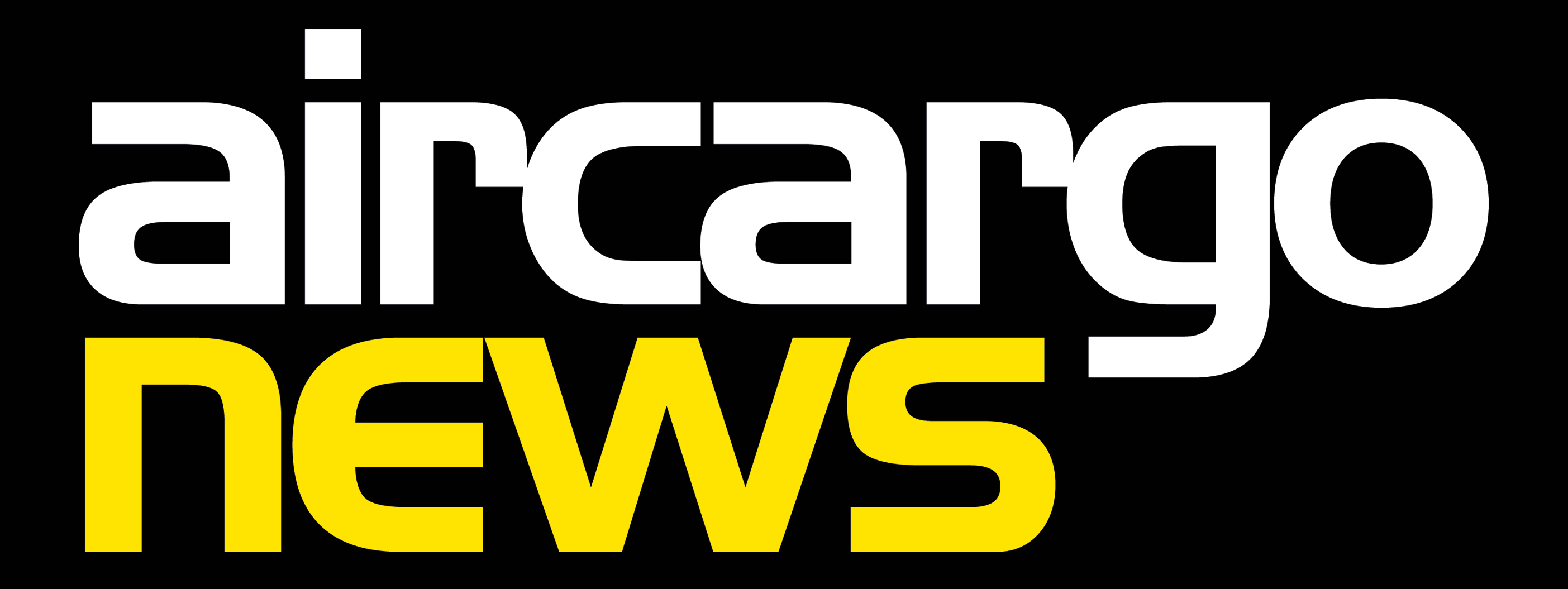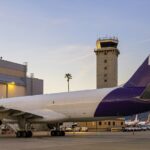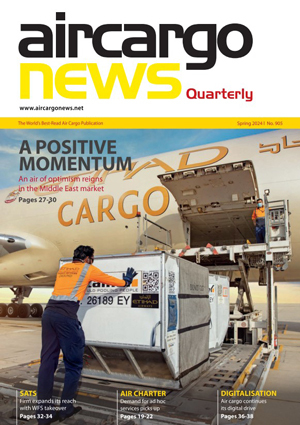Prioritising SAF production
07 / 03 / 2024

Photo: Kuehne+Nagel
IATA believes that transitioning to SAF is key to achieving net zero carbon emissions from aviation by 2050, but to reach that goal production will need to ramp up significantly.
Aviation was busy promoting its environmental credentials ahead of the United Nations Climate Change Conference – COP 28 – held in December last year.
In the weeks running up to the event, the first ever commercial transatlantic flight to be 100% powered by sustainable aviation fuel (SAF) took place when a Virgin Atlantic Boeing 787 Dreamliner flew between London Heathrow and New York JFK, complete with a Kuehne+Nagel shipment.
Meanwhile, just days before, International Civil Aviation Organization (ICAO) member countries agreed to target a reduction of 5% in CO2 emissions generated by aviation, compared with fossil fuels currently in use, by 2030.
The target will be achieved through a transition to SAF, lower carbon aviation fuels (LCAF), and other cleaner energies.
The new target is one step towards the aviation industry’s overall aim of achieving net zero carbon emissions by 2050. IATA believes that SAF will contribute 65% of the reduction in emissions needed to reach this goal.
However, one obstacle holding back the deployment of SAF is the amount being produced. Last year, SAF volumes reached over 600m litres, double the 300m litres produced in 2022. In 2024, IATA predicts that SAF production will triple to 1.9bn litres.
This all sounds promising but, despite these developments, SAF will still only account for 0.53% of aviation’s overall fuel needs in the coming year.
Aviation is also battling with other industries to secure the limited renewable fuel that is produced. Just 3%of renewable fuel stocks were used for aviation in 2023.
This year, that figure is expected to increase to 6%,but IATA points out that this still represents a “small percentage” of overall output.
“The doubling of SAF production in 2023 was encouraging, as is the expected tripling of production in 2024,” says IATA director general Willie Walsh.
“But even with that impressive growth, SAF as a portion of all renewable fuel production will only grow from 3%this year to 6%
in 2024.
“This allocation limits SAF supply and keeps prices high. Aviation needs between 25% and 30% of renewable fuel production capacity for SAF.”

Photo: Ivan Marc/ Shutterstock
New feedstocks
IATA would also like to see the diversification of feedstocks – around 85% of SAF facilities coming online over the next five years will utilise inedible animal fats, used cooking oil and industrial grease as feedstock, but there are other ways the fuel can be produced.
IATA would like to see an increase in the production of SAF made through Alcohol-to-Jet (AtJ) and Fischer-Tropsch (FT) processes, which use bio/agricultural wastes and residue.
It is not just through SAF that air cargo is aiming to reduce its impact on the environment. IATA’s global head of cargo Brendan Sullivan explains that the industry is cutting down on single-use plastics by switching to products such as recyclable and biodegradable film for tasks such as wrapping cargo.
Elsewhere, IATA is working to help reduce perishables loss in air cargo operations and is advocating for the development of sustainable and efficient air cargo facilities.
Sullivan points out that air cargo directly contributes to achieving seven of the 17 goals set out in the United Nations 2030 Agenda for Sustainable Development.
Looking beyond airlines
Sustainability in air cargo often centres on airlines, but others also have a role to play.
Hong Kong handler Hactl has a long-running Green Terminal campaign, aiming to make SuperTerminal1 the most environmentally-friendly handling facility in the world.
As part of these efforts the handler has installed solar panels and has also purchased Renewable Energy Certificates based on local renewable energy sources, including solar power, wind power and landfill gas projects.
Hactl chief executive Wilson Kwong says the campaign extends beyond emissions and has become the driver behind Hactl’s Sustainability Strategy Framework, which gains inspiration from the 17 UN Sustainable Development Goals.
Care for staff wellbeing is a high priority, manifested through new staff leisure- and education facilities.
And, beyond the expected recycling and waste and energy reduction measures, Hactl has recently upcycled 8,000 redundant uniforms into strong tote bags and teddy bears that tour the world as environmental ambassadors.
“We prove that sustainability starts on the ground, is good for business and can be fun,” says Kwong.














